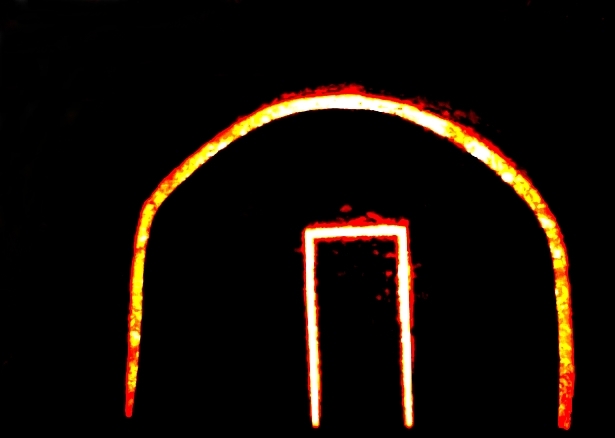BREATHING IN SYNC
Interview with Giuseppe Asaro, Alessandra Cristiani, Simona Lisi, Carmen López Luna, on Fabrizio Crisafulli (excerpt from)
ed. by Silvia Tarquini
How would you describe your work with Crisafulli? What does he want from you?
GIUSEPPE: He wants everyone to be him or herself. He doesn’t say so directly. You see it in how he works. I think that’s the reason why we work together. I think we have a common sensitivity that allows us to express ourselves in the same language, using different means. You can easily get into Fabrizio’s thoughts and understand what he’s after. And you can do it quickly, because he doesn’t stay inside that mindset. He brings it back to the body, empties the mind, makes the creativity come out in the here and now. With his work on movement Fabrizio looks for the everyday in abstract gestures...
ALESSANDRA: What Giuseppe said applies in reverse as well. Fabrizio looks for the abstract in the everyday. He looks for what is like an aura that lies behind the simplest gestures. He makes us look for the little things in our suggestions. He distils that impalpable ‘something’ which exists in each one of us and can be developed. At the beginning we start with our artistic background, then go off in a new direction.
CARMEN: Fabrizio is extremely perceptive, he chooses the people he works with on the basis of a creative affinity. He never asks the impossible, even though at times I’ve thought I wouldn’t be able to do a certain scene. That reminds me of the scene we called the ‘little box’, in Senti. Alessandra and I had created a dynamic of fluid movement without physical contact, which resulted from an oscillating course of cause and effect. Each of Alessandra’s slightest movements were followed by one of mine which echoed and followed, and vice versa. As a result a score based on movement was created, that could change in intensity, order and quality as necessary. This kept us in a particular state of tension, attention and abstraction. And completely in connection with each other. The type of response you had to bring each time, to each rehearsal, each production, living concrete experiences on stage, was maybe the most interesting, and also difficult aspect of many years’ research together. There always has to be thought behind a gesture. Fabrizio doesn’t want us to arrange things once and for all, he wants them to flow together with the rhythm of the performance, day by day.
SIMONA: In my opinion working with Fabrizio is characterised by staying on the ‘threshold’ and having the courage to incorporate location and time into the work process. As Giuseppe says, it always starts from the ‘here and now’. This means being poised at that fine balance where anything or nothing can happen, but you’re trained to respond to whatever occurs, without exception. Then there are his decisions about the direction work should take, which he always does without issuing orders.
Silvia Tarquini (ed.), Breathing in Sync. Interview with Giuseppe Asaro, Alessandra Cristiani, Simona Lisi, Carmen López Luna, in Nika Tomasevic (ed.), Place, Body, Light. The Theatre of Fabrizio Crisafulli, 1991-2011, Atdigiland, Dublin 2013, pp. 316-317.
